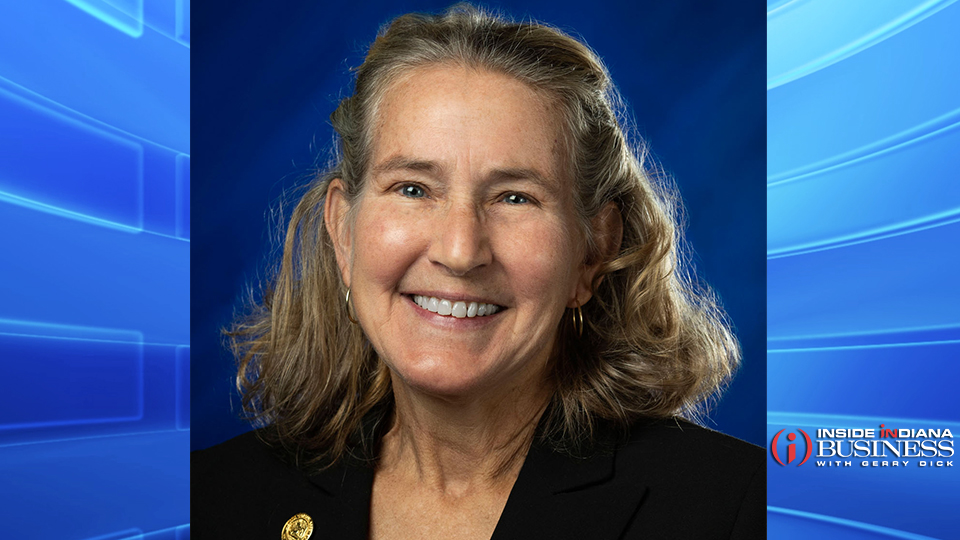Why is it so hard for relatives to care for children in Indiana?
Subscriber Benefit
As a subscriber you can listen to articles at work, in the car, or while you work out. Subscribe Now
A grandmother was vacationing in Florida when her phone rang. The call changed her life. Two of her grandchildren – one only 4 days old and the other 11 months old – needed a home. She took both in without question. Many other grandparents share similar experiences. Another grandmother took in 8-year-old twins. Their parents dropped them off on her doorstep since they physically couldn’t care for them. Since taking them in, she has struggled to find adequate legal and financial assistance.
Both grandmothers, whom I know personally, are part of a growing trend. Defined as kinship care, a growing number of adults are raising their relatives’ children. An estimated 59,000 Hoosier children live in some sort of kinship care situation. Grandparents are the most common kinship caregivers, but other guardians include godparents, stepparents and older siblings. In fact, the percentage of Hoosier children living with relatives is higher than the national average. About 31% of foster children live with kin in Indiana compared to the national average of 27% . Hoosiers have the heart to care for their relatives’ children but it’s not willingness that’s the problem. Kinship guardians face significant legal and financial barriers in Indiana’s child welfare system.
Fostering and related types of care are personal for me. My daughter became a fictive kin guardian (a non-relative who has an emotional relationship with the child) in 2016, and she became a foster parent a year ago. I’ve seen her raise additional children both with and without state funding. I’ve met with child welfare advocates including Floyd County’s Raising Our Children’s Kids. Many groups have the same grievance– the resources for kinship families are limited and confusing.
A major issue for kinfolk is deciding what to do under state law. The Department of Child Services (DCS) has a kinship caregiver program for relatives and fictive kin. However, DCS is only involved in ongoing or reported cases of child abuse and neglect. Where do caregivers and kin turn if the state has had no prior involvement with the child? Kinfolk must decide: work with DCS or forgo state involvement. Those who go through DCS can become fully licensed foster parents; those who don’t must work with local attorneys to gain some sort of custody at their own cost. If individuals forgo state involvement, confusion ensues over existing funding and resources.
For those involved with DCS, there is an expedited vetting process to become a kinship caregiver. The expedited process involves a background check, fingerprints, a check of the Indiana child abuse or neglect registry and more. Though there’s an expedited option, there’s still an immense amount of stress for caregivers. Many relatives have stepped up in times of crisis. They don’t have months to prepare their finances and records before the state appears. Our Southern neighbor Kentucky has a far more supportive system and is a great example of what Indiana needs.
Kentucky has two programs – the Relative Caregiver Program and Child Specific Foster Care. In Child Specific Foster Care, the state maintains custody of the child. There are reduced requirements for kin to obtain their full license, and they receive state funding and benefits. In the Relative Caregiver Program, kin are unlicensed but still receive assistance. Indiana does have Kinship Indiana Support Services and gives some stipends to unlicensed relatives. However, there is no separate branch of foster care – like Kentucky’s Child Specific Foster Care — in Indiana. There needs to be a distinct license for kin, distinct vetting process and distinct legal guidance. It’s time we develop a better system that recognizes the differing needs of Hoosier caregivers.
No matter their title under the state – guardian, kinship caregiver or foster parent – the funding in Indiana is limited. Daily payments from DCS to cover food, clothing, travel and more start at $18.88 a day. This number is dwarfed by updated federal estimates on the cost of raising a child. In 2017, the United States Department of Agriculture estimated it cost between $12,350 to $13,900 per year to raise one child on a middle-class income. This breaks down to between $33 to 38 dollars per day – these 2017 estimates don’t include recent inflation. On top of limited assistance, some of the funding kinfolk receive is allocated in strict categories. There’s no wiggle room to cover unseen expenses. A great example is paying for winter clothing since a coat, gloves and boots can total close to $200. For all types of care, Indiana needs to increase its funding.
Kin are the unseen backbone of our childcare system; our communities need them to support and love these children. If kinship caregivers quit, the impact would be astronomical. Imagine 820 completely full school buses of children without homes, without loving care – that’s how large this group of children in need is. It’s time we put our money where our mouth is and properly support kinship caregivers.
